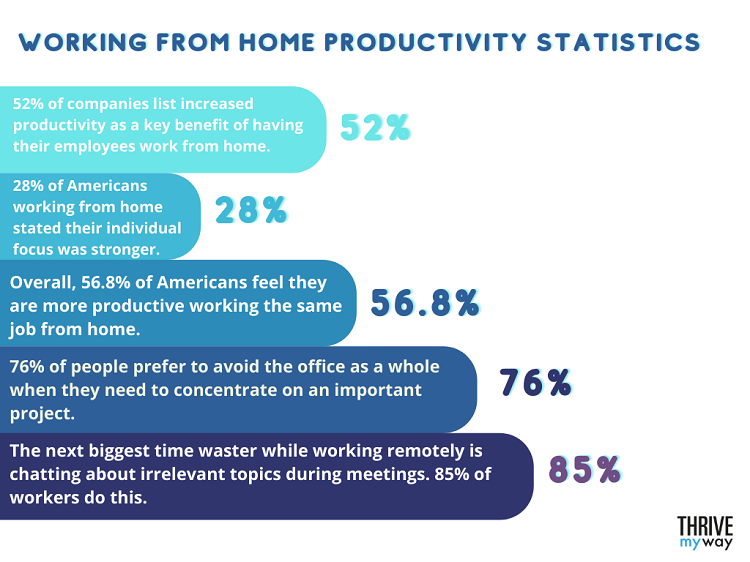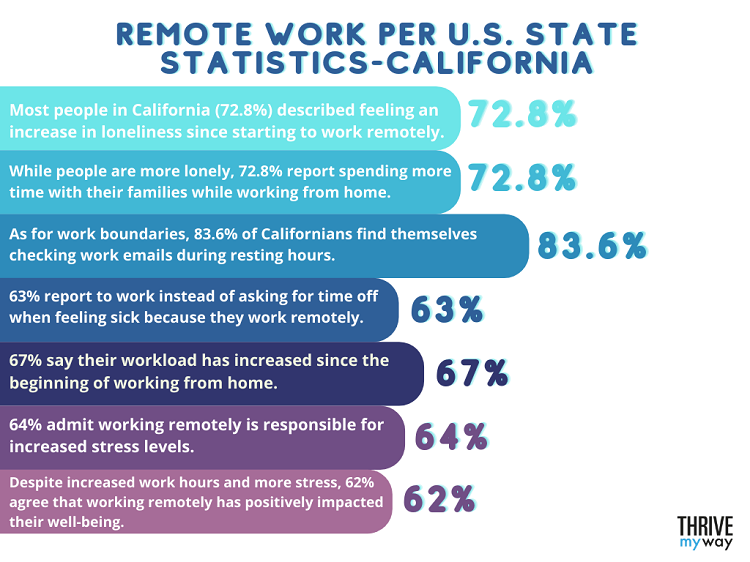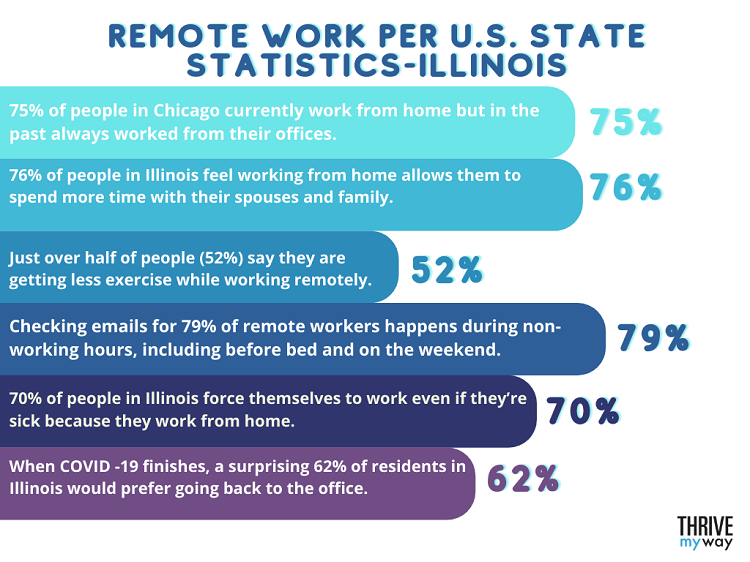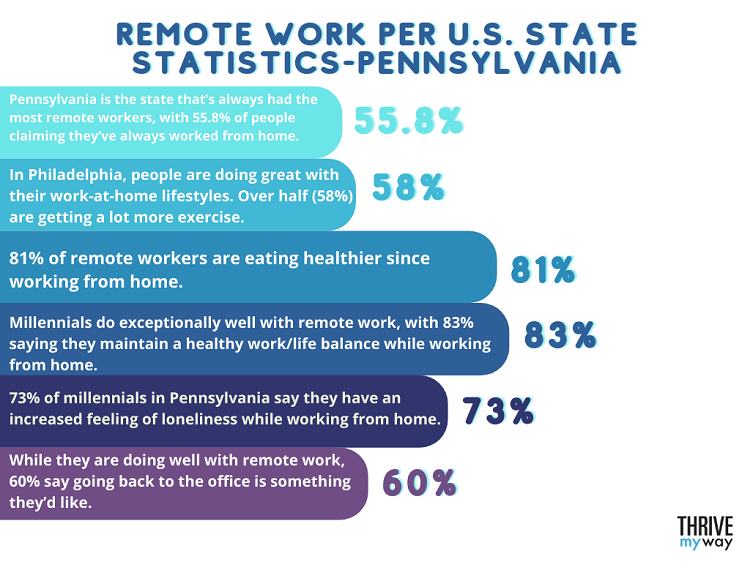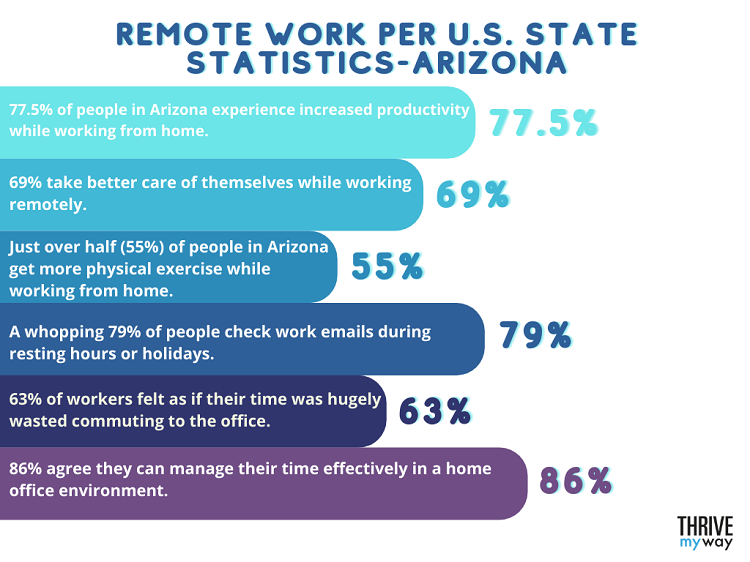With millions of people worldwide shifting to home offices in 2020, the remote work landscape has changed dramatically. In 2021, employers and workers see huge benefits, including saving costs, increased productivity, and healthier lifestyles. Plus, as a business, offering remote positions helps considerably with recruiting new employees and retaining them. Job seekers see the possibility of choosing the work environment as a key factor when evaluating career opportunities. However, despite the benefits, the idea of transitioning your team to remote can seem scary at first. Those who’ve always worked in a traditional, in-office environment may feel skeptical about whether remote work will truly pay off. This post will share 106 remote work stats that you need to know as your team moves remote and home offices become more permanent.
General Remote Work Statistics Working From Home Productivity Statistics Working From Home Mental and Physical Health Statistics Remote Work Saving Money Statistics Remote Work Recruiting and Job Retention Statistics Remote Work Per U.S. State Statistics Work From Home Challenges Statistics Work From Home Statistics by Industry Remote Work Trends Statistics
General Remote Work Statistics 2023
Working From Home Productivity Statistics
Working From Home Mental and Physical Health Statistics
Remote Work Saving Money Statistics
Remote Work Recruiting and Job Retention Statistics
Remote Work Per U.S. State Statistics
Texas
California
Illinois
New York
Pennsylvania
Arizona
Work From Home Challenges Statistics
Work From Home Statistics by Industry
Remote Work Trends Statistics
Final Thoughts
These remote statistics give us an idea of how the workforce has shifted and how employers and employees alike handle the changes. Workers are experiencing the benefits such as living a richer work/life lifestyle, spending more time with their families, and saving money. From an employer’s point of view, remote work for the team is also proving to be beneficial. Employers can allocate office costs towards more important aspects of the business and retain quality employees that lead teams and help drive the company. So, after reading these remote work statistics, is leading a remote team right for your company? Of course, taking the leap doesn’t make sense to every industry. Suppose your industry isn’t fully adaptable to online work. In that case, you can always have the employees that don’t necessarily need to be in the office (e.g., accountants, marketers, etc.) go remote. We got our stats from the following sources: RSPH Global WorkPlace Analytics The Points Guy FlexJobs McKinsey HubSpot Global Workplace Analytics Upwork LiveCareer Investopedia Atlassian Owl Labs About

